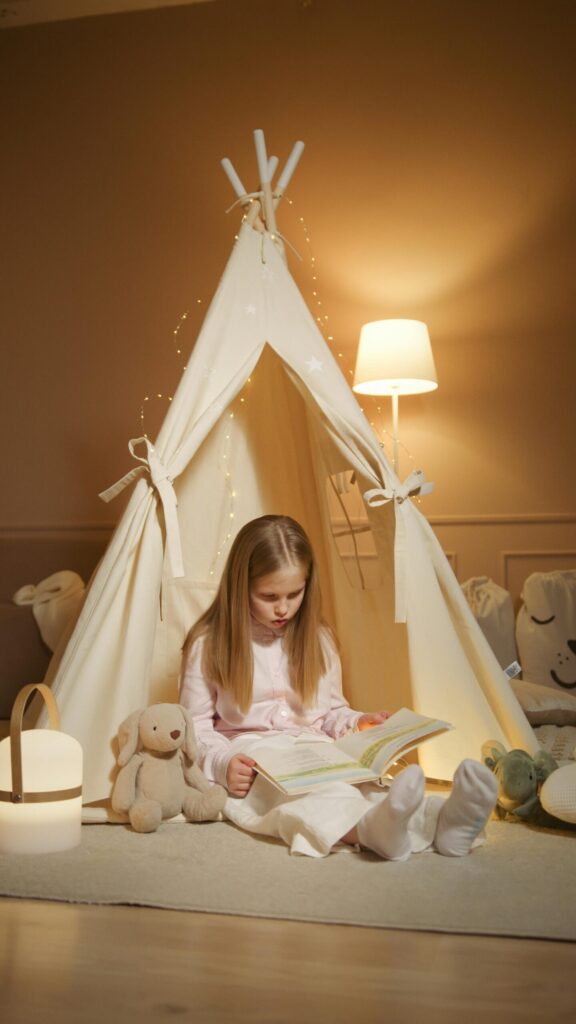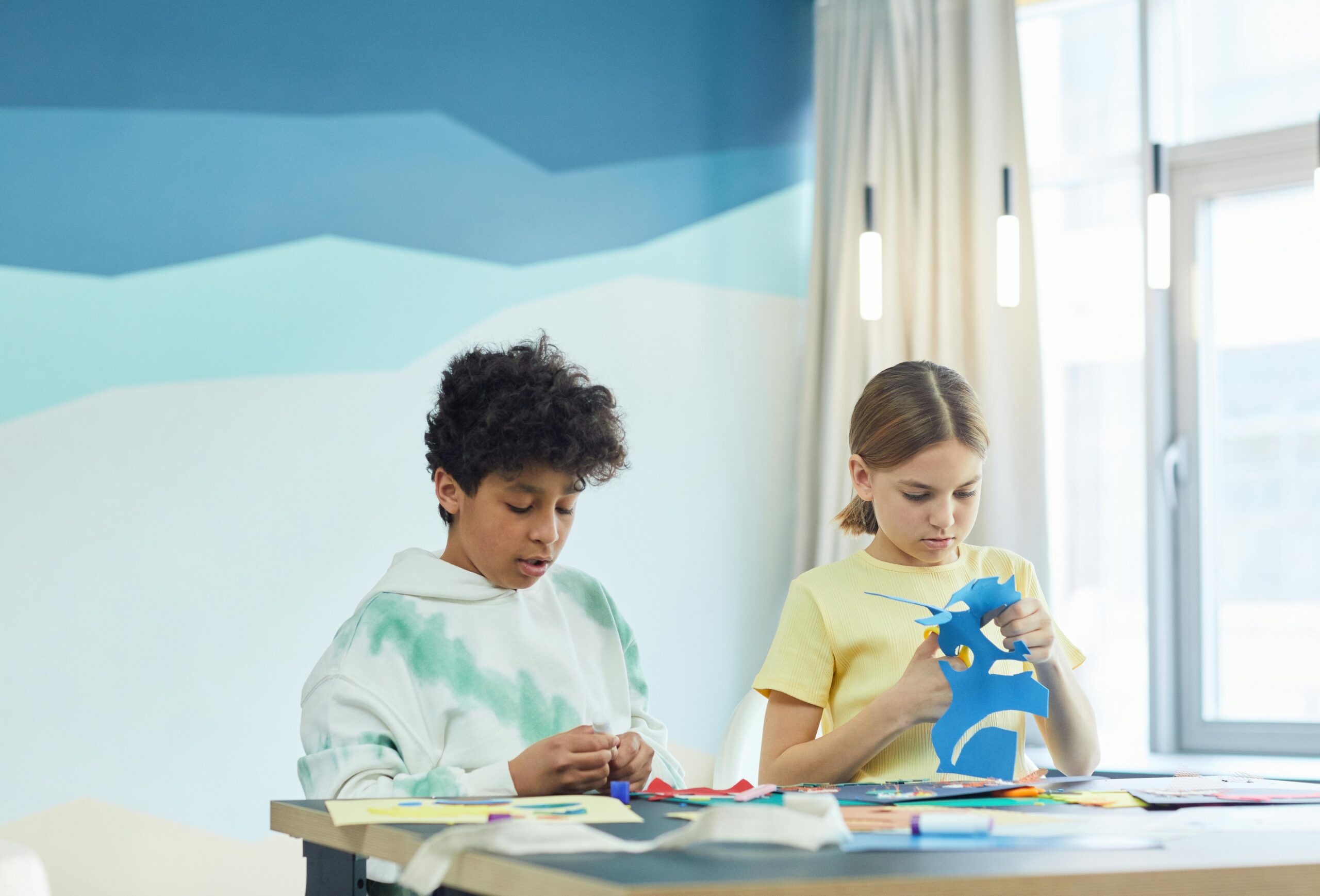Ingenious Kids: Teaching the Next Generation to Think Creatively
Creativity isn’t just for artists or inventors—it’s a mindset that helps kids problem-solve, adapt, and thrive in a constantly changing world. But here’s the twist: children are naturally creative. They’re born with wild imaginations, curious minds, and a fearless sense of possibility. Our job? Not to teach them creativity, but to protect it.
Let’s talk about how we, as parents and caregivers, can help our kids think creatively, starting from the earliest years.
Start Young: Let Them Try, Let Them Think
From the moment your toddler tries to stack blocks into a “castle,” you’re witnessing raw creativity at work. But it’s easy to step in too quickly. We want to help, to fix, to guide. The trick is—don’t.
Let your child try. Let them struggle a little. When their project doesn’t go as planned, resist the urge to jump in. Instead, invite them to pause and think.

Example:
Your child decides they want to build a paper airplane that “goes super far.” They fold it their own way, toss it… and it flops. Instead of taking over and making one for them, ask: “What do you think you could change to make it fly better?” They might try a tighter fold, a different size, or even adding paper clips for weight. That’s the creative process at work—fueled by curiosity, not correction.
Holding back can be hard, especially when it’s faster (and cleaner!) to do it for them. But when you pause, you give them something even better: the space to think.
Embrace the Mess (and the Detours)
Creativity is not linear. It’s messy. It’s slow. It doesn’t follow instructions. That’s okay.
Before you rush to clean up or “fix” their ideas, remember that the mess is part of the magic.

Example:
One child used plastic cups, toy animals, and blue construction paper to create an “ocean rescue center” on the kitchen floor. It wasn’t Pinterest-perfect, but it told a full story. Another time, a kid wanted to make their own board game, using LEGO as players and sticky notes as cards. Did it take up the entire living room rug? Yes. Did it totally spark their imagination? Absolutely.
These detours lead to some of the most memorable and meaningful learning moments.
Change your mindset:
- The goal isn’t perfection.
- The goal is the process.
- It’s okay if it takes longer. It’s okay if it looks weird.
That process—trial and error, testing ideas, making adjustments—is the heart of creative thinking.
Less Screen Time, More Story Time

Want to supercharge your child’s imagination? Hand them a book.
Reading stretches the imagination in ways TV just can’t. When kids read (or are read to), they have to visualize the characters, the setting, and the action. Their minds fill in the gaps. It’s a creative workout.
TV and tablets aren’t the enemy—but balance matters. Reading fosters internal creativity. Screens tend to feed external stimulation.
Simple shift: Make reading a daily habit, even just 10 minutes a day. Let them choose books that spark their curiosity—space, animals, fairy tales, and how things work. Then talk about it together.
Let Go—but Don’t Let Loose
Here’s the tricky part: How do you let your child think freely while still setting boundaries?
Creative thinking thrives when kids feel safe and supported. That means giving them freedom within structure.
Letting go doesn’t mean letting them run wild. Kids still need direction, routines, and limits. But inside that structure, give them room to explore:
- Set up open-ended play materials (blocks, art supplies, cardboard boxes).
- Offer choices instead of commands.
- Allow time for unstructured play—without agendas or instructions.
The magic happens in that middle space: where there’s just enough freedom to try, and just enough guidance to grow.
Final Thoughts
The best way to raise a creative child? Step back just enough to let them step forward.
Let them build. Let them break. Let them try. Let them wonder.
And above all—let them think.






